#kodak ektachrome 64
Text
Vivian Maier
Vivian Maier is one of the most mysterious yet renowned photographers of the 20th century. She was born in New York City in 1926 but spent most of her life in France before moving back in her mid-20s (“About Vivian Maier”). Growing up, she always had a fascination with photography. First, she played with a Kodak Brownie during her childhood but later became fixated with a Rolleiflex after her return to NYC (“About Vivian Maier”). Soon after, Maier left New York for Chicago where she worked as a nanny. While there, she had the facility to create her own private darkroom in her bathroom and began self-developing rolls of black and white film (“About Vivian Maier”). As opportunities for work began to decline, she began experimenting with other types of film and cameras. Maier began experimenting with Kodak Ektachrome 35mm film shot with a Leica IIIc (“About Vivian Maier”). Due to financial instability later on, however, she was unable to continue processing her rolls of film and soon enough, photography. By the 1990s, most of her equipment, negatives, and unprocessed film were kept in storage (“About Vivian Maier”). They will never see the light of day until several decades later. In 2007, her belongings in storage were sold off to an auction company due to a non-payment in rent, and were subsequently auctioned to several buyers, one of them being John Maloof (“About Vivian Maier”). At the time, Maloof was looking for images depicting the Northwest Side of Chicago for a historical book he was working on. To make the book, the publisher required Maloof and his co-author to compile a little over 200 photos of the neighborhood (“History”). In doing so, he stumbled upon and purchased Maier’s negatives at the auction, although he was not able to examine them closely. Although they were not useful for his project Maloof later scanned the negatives and posted them to the internet forum, Flickr; the images went viral (“History”). This launched Vivian Maier into stardom after her passing. As a result, John and another collector, Jeff Goldstein, have been on a mission to recover, archive, preserve, and publish Maier’s work.
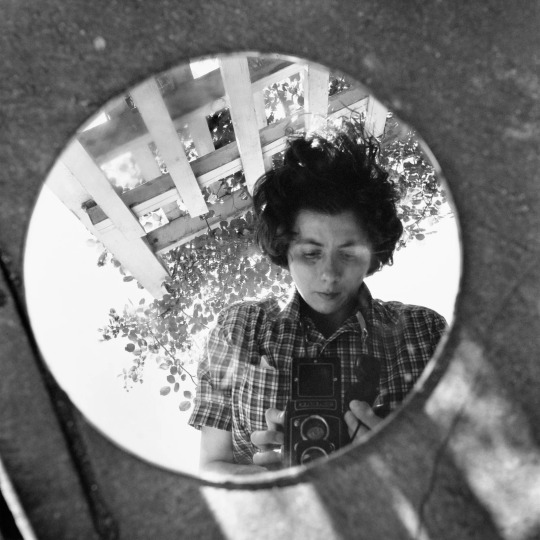
Figure 1
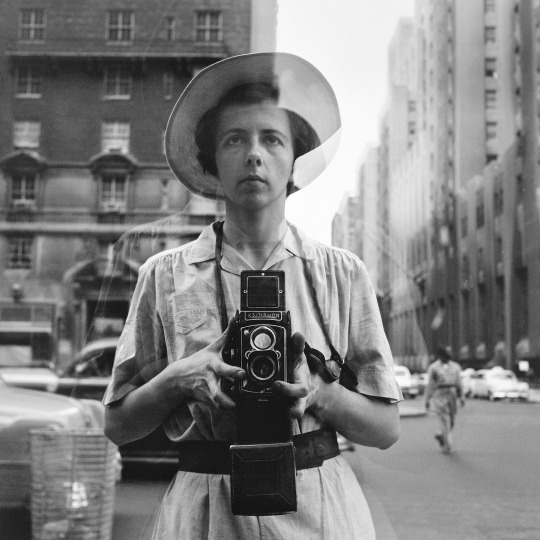
Figure 2
Two of the books containing Maier’s work published by Maloof are Vivian Maier: A Photographer Found and Vivian Maier: Self-Portraits. The images in both books were primarily taken in Chicago and New York using black and white film and Maier’s Rolleiflex. However, they also consisted of some color work and images shot on 35mm film. They showcased her skills in photography, particularly in self-portraiture as seen in Figures 1 and 2. Her stylistic approach remains consistent between the two books; containing pictures that are self-portraits but done in such a way that they could also be considered street photography. All of her photographs feel like Maier’s creating a visual diary. The framing/composition of her photographs is simple and candid. The exposures are perfect, displaying deep shadows causing an immense amount of detail in her subjects. She also takes full advantage of her environment. Maier often uses reflections around her to take these portraits (Figure 1, Figure 2). These characteristics are what make her work unique and striking.

Figure 3
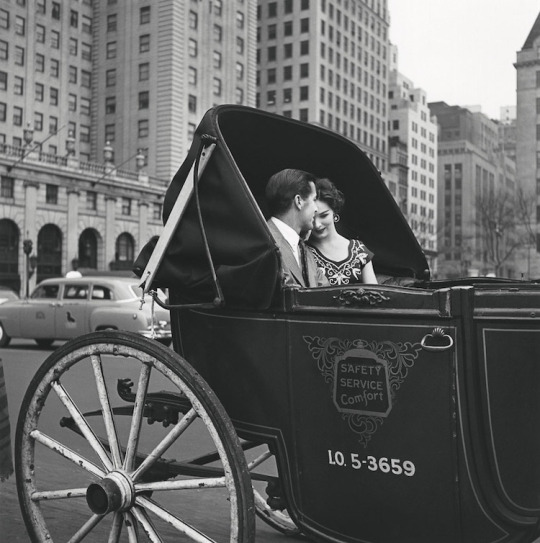
Figure 4
Vivian Maier: A Photographer Found is a much larger collection of 250 images and other materials depicting Maier’s full range; aside from self-portraits, the book also includes portraiture and street photography. On the other hand, Vivian Maier: Self-Portraits compiles 64 of her black and white and color self-portraits. Like her self-portraits, these images shown in Figures 3 and 4 are unposed and represent snapshots of her everyday adventures. It’s mesmerizing how she is able to capture these amazing shots considering how difficult it can be to maneuver a Twin Lens Reflex camera. It’s like Maier has the ability to slow time and create these pictures. The focus is sharp despite the bustling settings and moving objects. The exposures are just right. The slight obstruction in Figure 3 accentuates the subject’s face. Her outfit makes her stand out from those in the background as well and viewers are left to wonder what her backstory is. In Figure 4, she captures a very tender moment of a couple during their carriage ride. With these photos, the intimacy is flipped and allows audiences to wonder about the subjects, the moments, and the environments.
The two curations made Vivian Maier a world-renown street photographer after her death in 2009. She was a private individual who never showcased her work which made it difficult and time-consuming for Maloof to stitch her life together. Maier’s photographs allow us as viewers to see the world how she saw it; what was interesting, what these major cities were like in the 20th century, etc. While many photographers praise her work, the way in which the negatives were shared calls into question if publishing them was ethical. Did Vivian ever intend to share her work with the world? Why did she choose to remain as a nanny? Was it ethical for Maloof to publish her works? These questions will forever be debated amongst those in the photographer community, however, this message is clear: Maier is incredibly talented and she will continue to influence photographers around the world.
Works Cited:
“About Vivian Maier.” Edited by John Maloof, Vivian Maier Photographer, Maloof Collection, https://www.vivianmaier.com/about-vivian-maier/.
“History.” Edited by John Maloof, Vivian Maier Photographer, Maloof Collection, 23 Dec. 2018, https://www.vivianmaier.com/about-vivian-maier/history/.
Maier, Vivian, et al. Vivian Maier: A Photographer Found. Edited by Howard Greenberg, Harper Design, 2014.
Maier, Vivian, et al. Vivian Maier: Self-Portraits. PowerHouse Books, 2013.
Mini Research Paper
Presentation Link
Sharlene Escaro
0 notes
Text
Joachim Schmeisser – Side Effects
di Marc Peschke da https://www.immagis.de/ (trad. e rev. G.M.)
– Side Effects L’essenza della fotografia –
C'è magia nella fotografia? La fotografia stessa è magica? Ci interroghiamo su queste domande mentre consideriamo la nuova serie "Effetti collaterali - L'essenza della fotografia" di Joachim Schmeisser.
Tale serie è uno dei pochi esempi veramente sorprendenti, accattivanti e innovativi di fotografia contemporanea, anche perché presenta il suo tema come principi fondamentali del mezzo stesso.
Joachim Schmeisser si è fatto conoscere per le sue iconiche immagini di animali, in particolare per i ritratti di elefanti. La sua serie attuale, "Side Effects" (Effetti collaterali), giustappone la maestosa bellezza degli animali in via d'estinzione con un'estetica fortemente contrastante, ovvero la bellezza del materiale fotografico analogico non elaborato.
Il materiale di base è costituito da spezzoni di film esposti, prodotti tra il 1975 e il 2006, che l'artista ha raccolto nel corso degli anni. “Ogni emulsione di pellicola ha una struttura unica”, dice l'artista. Pellicole come Ektachrome 64, Ektachrome 100, Kodachrome, Fuji Velvia, Fuji Provia, Polaroid Polachrome o Polaroid Polapan si differenziano chiaramente nelle loro numerose varianti distintive.
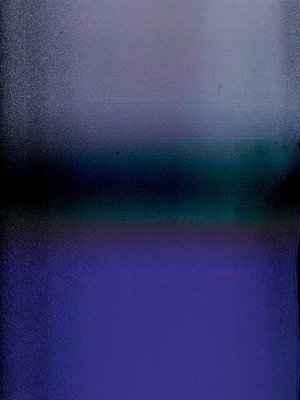
© Joachim Schmeisser, No. 80 Polaroid PolaChrome Color
All'inizio del processo artistico, i singoli spezzoni vengono scansionati con un ingrandimento estremo. In un complesso processo digitale, che non altera la qualità originaria, l'artista sviluppa un'opera d'arte ibrida analogico-digitale che ci riporta all'essenza del fotografico. Perché "Side Effects" è un omaggio all'emulsione fotografica, alla soluzione fotosensibile di cui è rivestita la pellicola. C'è qualcosa di insito in questo inizio del processo fotografico che è stato più volte associato al concetto di “magico”.
Susan Sontag, William Henry Fox Talbot e soprattutto Walter Benjamin hanno sottolineato nei loro scritti ciò che Benjamin attribuisce al “valore magico” della fotografia. Chi ha sperimentato la camera oscura conosce lo stupore del processo fotografico analogico. All’inizio della sua carriera Joachim Schmeisser ha scoperto quella che ora chiama una "traccia magica". Questo può accadere quando l'otturatore usa diverse esposizioni per portare un film alla posizione di ripresa, e spiega: “Sono esposizioni accidentali inosservate che, a volte, catturano la perfetta transizione verso l'emulsione della pellicola sensibile alla luce. Per lo più sovra o sottoesposte, mostrano aree color pastello o cremisi che crescono dalla superficie della pellicola ancora nera non rivestita a e, con alcune pellicole e sviluppi, portano anche a bizzarre forme espressioniste, alcune delle quali ricordano strutture cosmiche o microcosmiche”.
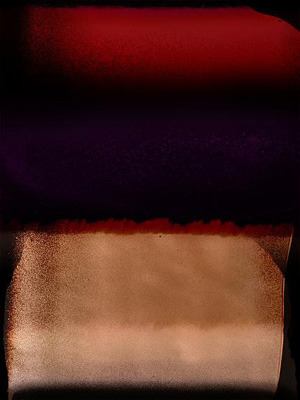
© Joachim Schmeisser, No. 68 Kodak Ektachrome 64
Questi "effetti collaterali" accidentali e non intenzionali sono ciò che di solito viene tagliato e scartato. Schmeisser utilizza questo materiale dal 2022 per creare opere d'arte, che - sebbene sottoposte a un processo digitale – sono anche un ritorno alla prima era della fotografia, quando il mezzo era descritto come “magico lavoro manuale”.
Walter Benjamin ha fatto riferimento nel suo saggio "A Short History of Photography" (1931) al "valore magico" della fotografia. Cioè, intendeva piuttosto un incidente unico quando affermava: “È una natura diversa quella che parla alla macchina fotografica rispetto a quella che parla all’occhio: così diversa che al posto di uno spazio consapevolmente costruito da un uomo al suo posto subentra uno spazio costruito inconsciamente. Lo stesso può anche dirsi degli “Side Effects”, il cui carattere accidentale porta, per mano dell'artista, alla realizzazione di immagini il cui effetto è alquanto travolgente.
Queste immagini vengono oggi alla ribalta dall'eredità delle pellicole, molte delle quali sono vintage e ora non più prodotte. Sono immagini visive molto diverse e astratte, che ricordano anche la rilevanza storico-artistica della pittura. Ad esempio, la pittura a colori di artisti americani come Mark Rothko che ha prodotto più o meno lo stesso stile negli anni '50.

© Joachim Schmeisser, No. 84 Kodak Ektachrome
Tenendo presente l'esempio di Rothko: l'effetto visivo della struttura superficiale spesso pesantemente rimaneggiata dei suoi dipinti riflette lo spettro degli stati emotivi umani. Questo risuona anche con i “Side Effects”: a volte luminosi, poi cupi; a volte armoniosi, poi pieni di tensioni. A volte impulsivi, poi introspettivi e meditativi; a volte caldi, poi freddi; sono uno specchio di questi sentimenti. Uno specchio che non fa a meno della sua controparte. Come ha affermato una volta lo stesso Rothko: “Un’immagine vive di compagnia, espandendosi e accelerando agli occhi dell'osservatore sensibile. Muore per lo stesso segno”.
Barnett Newman è un altro esempio rappresentativo della pittura a colori americana. Newman divenne famoso negli anni '50 per i suoi quadri dalle caratteristiche bande colorate, per i suoi campi monocromi di colore e fasce verticali, che chiamava “zip”. Newman ha dipinto "Chi ha paura del rosso, del giallo e del blu?" tra il 1966 e il 1970, un ciclo di dipinti divenuto icona dell'arte del Novecento.
Newman ha usato ripetutamente il termine "sublime" per descrivere la sua opera d'arte e l'ha definita "metafisica esperienza del sublime”. Nel suo saggio "The Sublime Is Now" (1948), spiega come il colore nelle sue opere sia il più importante mezzo di espressione. Le astrazioni pittoriche di Newman sono cariche di profondo significato intellettuale – che li collega con gli “Side Effects”. Newman trattava l'astrazione come veicolo per riflettere idee, miti ed emozioni.
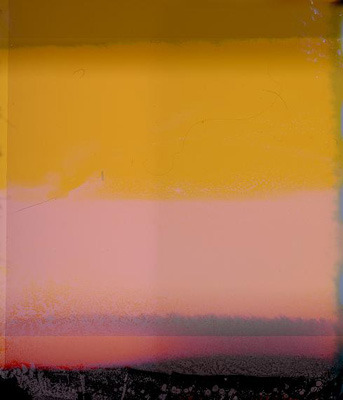
© Joachim Schmeisser, No. 21 Fuji Velvia
La serie “Side Effects”, infatti, richiede osservatori sensibili. Le immagini testimoniano un espressionismo fotografico astratto del tutto inedito, del tutto stupefacente. La lunga tradizione dell’arte astratta qui si prolunga scrivendo un altro capitolo, con una serie che si distingue da sola nell'arte fotografica contemporanea e trae la sua eloquenza da una seducente miscela di bellezza e magia. L'artista torna con questa serie all'essenza della fotografia come astrazione della realtà.
C'è qualcosa di ineffabile in questo. È qualcosa che non è completamente accessibile al pensiero razionale.
Allo stesso tempo, queste immagini sono anche la prova della "Fotografia concreta" nel senso del fotografo e teorico della fotografia, Gottfried Jäger, perché non sono "astrazioni di qualcosa, ma concretizzano qualcosa, qualcosa di nuovo".
Possiamo scoprire così tanto e sempre qualcosa di nuovo nelle immagini vivide e meravigliose della serie: sono diverse da ciò che di solito altrimenti vediamo. Provengono da un mondo del tutto originale, dal mondo interiore della macchina fotografica e ci ricordano anche che una fotografia non deve necessariamente rappresentare qualcosa. Per dirla di nuovo con i termini di Jäger: queste tracce di luce indicano qualcosa che prima era nascosto: ”La fotografia diventa propria solo rinunciando agli elementi riprodotti e raffigurati e può tornare al suo fondamento innato, a una sintassi che altrimenti rimarrebbe nascosta”. Per quanto la mano dell'artista sia stata all'opera anche qui nella creazione di queste fotografie, esse raccontano di una libertà illimitata che sembra prevalere nella camera oscura della macchina fotografica. Esplorano i principi di base del processo fotografico, eppure la loro grande bellezza grande bellezza indica come l’elemento fisico si trasferisce in una dimensione spirituale. C'è magia nella fotografia? Possiamo riflettere su questa domanda mentre facciamo le nostre osservazioni.
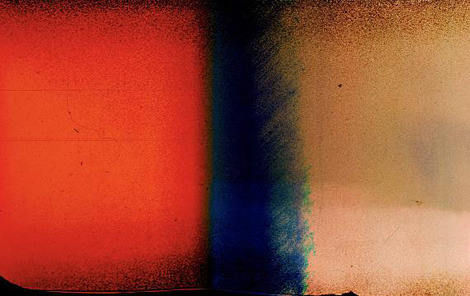
© Joachim Schmeisser, No. 66 Agfachrome
Infine, possiamo anche riflettere su quale connessione leghi queste immagini a noi come osservatori. Potremmo interpretarle come uno specchio dei nostri stati emotivi. Sembrano stranamente essere molto vicine alle esperienze umane, vicine alla nostra paura, alla gioia, alla vita e alla morte.
Marc Peschke, Storico dell'arte e curatore
0 notes
Photo

struck by a lion
#nikon f90x#kodak ektachrome 64#expired film#tetenal colortec e-6#urban exploration#street photography#stockholm#sweden
6 notes
·
View notes
Photo

紀伊国坂 Kinokuni-zaka, Tokyo
#Voigtländer#12mm#COSINA#F5.6#GXR#Japan#Kinokuni-zaka#Kodak#Kodak Ektachrome 64#Mount A12#Ricoh#Tokyo
1 note
·
View note
Video
Untitled by Kjell Erling Kjellman
Via Flickr:
Burlington, Kansas Hasselblad 500cm Kodak Ektachrome 64
#Hasselblad 500 cm#Kodak Ektachrome 64#film#analog#120#mediumformat#6x6#slide#color#reversal#E6#dias#Kodak#expired#Ektachrome#EPR#64#night#long exposure#cable release#Hasselblad#500cm#80mm#Zeiss#Planar#Burlington#Kansas
32 notes
·
View notes
Photo
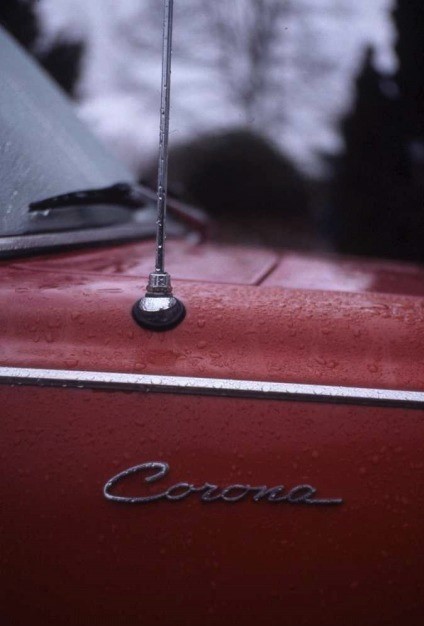
77 notes
·
View notes
Video
Sunnyvale, California by Branden Frederick
Via Flickr:
Some time travel happening with this photo Nikon F80 // 50mm // Ektachrome 64 (expired 1984)
#Sunnyvale#California#street#Nikon F80#50mm#Kodak Ektachrome#Ektachrome 64#expired film#phone booth#pay phone#telephone#Hendy Iron Works
3 notes
·
View notes
Photo
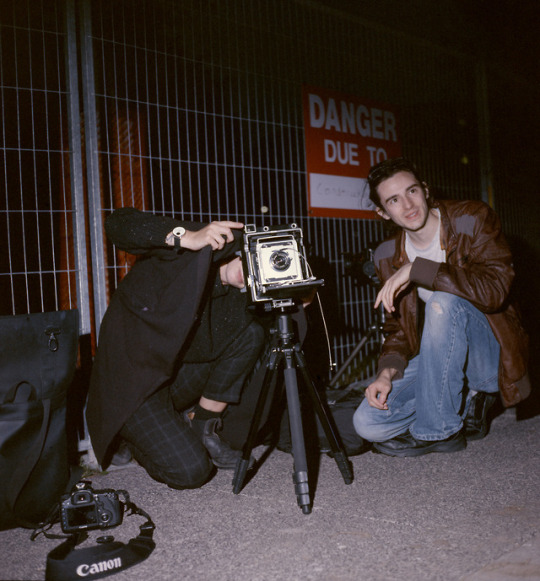
MY PALS
Expired (1993) Ektachrome 66
#ektachrome#ektachrome 64#kodak#film photography#film camera#canon#canon canada#4x5#4x5 film#medium format#large format#analog#film is not dead#grunge#alternative#flash#aesthetic
55 notes
·
View notes
Video
palm trees (holga 35mm pano xpro). mecca, ca. 2019. by eyetwist
(zoom in!) holga 120S + 35mm film pano, quarter-turn knob advance between frames creating an overlapping texture of multiple exposures. film: kodak ektachrome 64 EPR, cross-processed in C-41. lab: the icon, los angeles, ca. scan: epson V750 pro. exif tags: lenstagger.
#eyetwist kevin balluff#eyetwist#palm trees#california#desert#holga#pano#xpro#35mm#multiple exposure#overlap#Holga 120S#Holga 60mm f/8#Kodak Ektachrome 64 EPR#ektachrome#EPR#64#cross#process#processed#ishootfilm#ishootkodak#epson V750 pro#lensagger#iconLA#holgaography#plastic camera#plastic fantastic#toy camera#vignette
0 notes
Photo

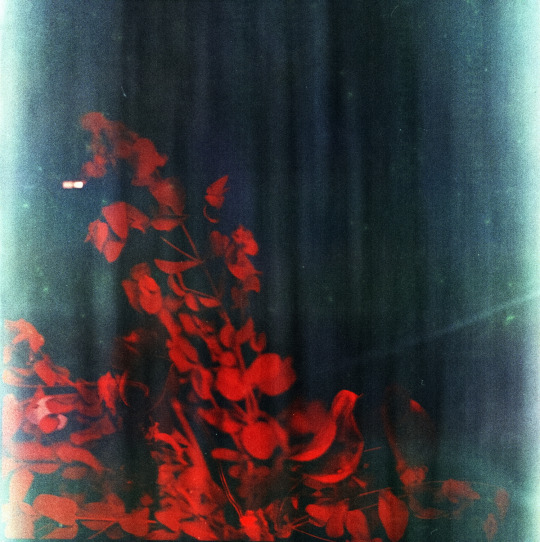
Cross-processed expired 1983 Kodak Ektachrome 64 // Rolleiflex SL66
#photographers on tumblr#original photographers#film#film photography#expired film#cross process#xpro#experimental photography#analog photography#analogue#medium format
254 notes
·
View notes
Photo
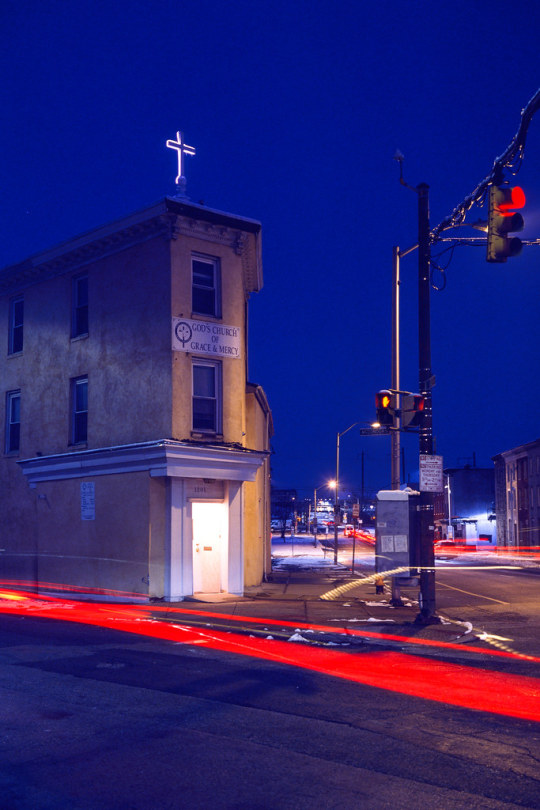
patrickjoust | flickr | tumblr | instagram | facebook | prints ... Fujica GW690 Kodak Ektachrome 64 EPR
87 notes
·
View notes
Photo
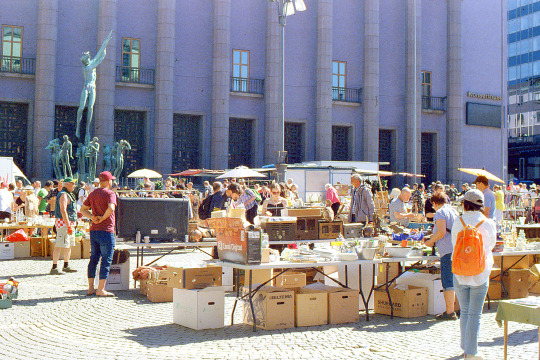
swap meet
#nikon f90x#kodak ektachrome 64#expired film#stockholm#hay market#hötorget#sweden#tetenal colortec e-6#urban exploration#street photography
5 notes
·
View notes
Photo
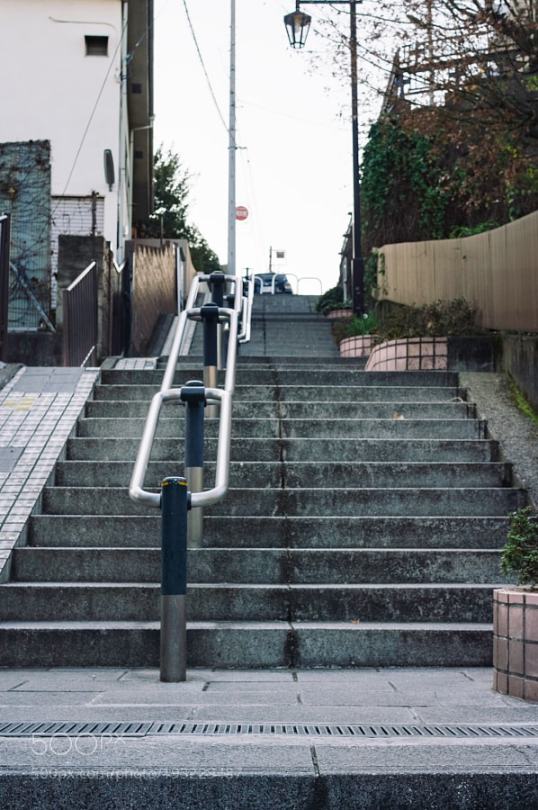
炭団坂 Tadon-saka, Tokyo
7 notes
·
View notes
Text
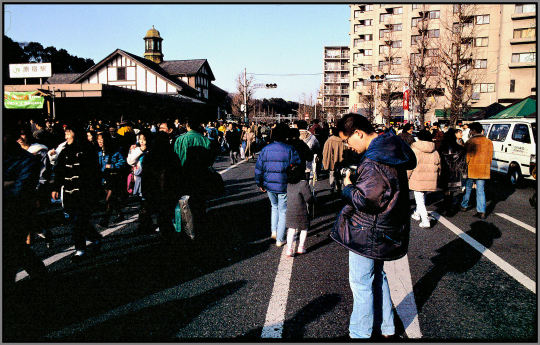
#Japan #Tokyo - Harajuku JR Station 1992 - Kodachrome PKR64 35mm.
Kodachrome first introduce in 1936 and sold in 35mm Aluminum cassette with a Plastic Tip as it was sold at the 1939 World's Fair in New York as it was a film Speed of "10" then in the future years it expanded to ISO 25 - 64 then to 200. And the main apart of Kodachrome back then that it was on ALL Formats, 35mm, for the price of $3.50. With the other formats like 828, 127, 120, 620, 616, Sheet Film 4x5 to 8x10, and 16mm to Regular8 then Super8. In those days that Kodak would printed on the film box Kodachrome for 35mm for Contax, Retina, and Leica models. Then later years Kodak reduced it to 35mm down to 110 to 126 format. As in the mid 1980's Kodachrome is available back in 120 format, then came Fuji Velvia50 & 100 which kill Kodachrome in 120, then Fuji raise the price of Velvia 50 in which it was about the price of Kodachrome PKR64 35mm $20.00 to $25.00 A Roll, Slide film now is Fuji Provia 100, and Kodak E100. When I was in Japan in 92' I had Kodachrome, and Ektachrome 200 & 400 Now they are gone.. Fuji if only they could split the company like Ilford did one division is there Digital Graphics, and the the other is the Photo Film Division, and they are still making money... So Come on Fuji Grow Up, Spilt the company, and make film again....
1 note
·
View note
Photo
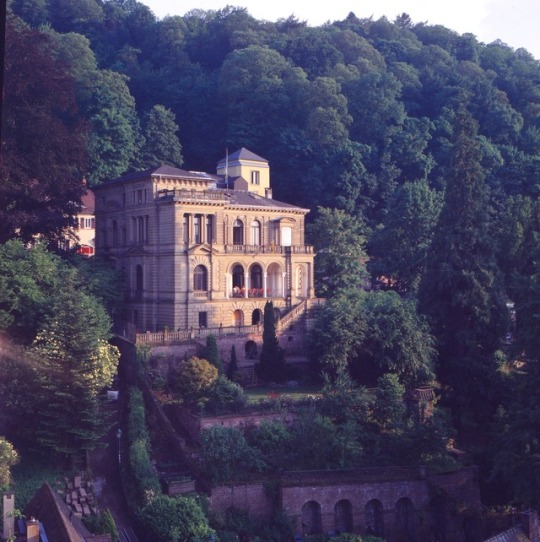
1 note
·
View note
Video
Sunnyvale, California by Branden Frederick
Via Flickr:
Nikon F80 // 50mm // Ektachrome 64 (expired 1984)
#Sunnyvale#California#street#Nikon F80#50mm#Kodak Ektachrome#Ektachrome 64#expired film#wall#fence#factory#architecture
2 notes
·
View notes
